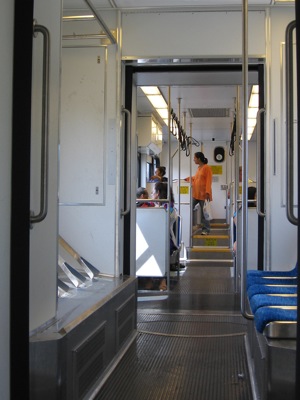A Union Pacific coal train derailed in the path of adjacent light-rail tracks and a Denver light-rail train ran into one of the derailed cars. No one was injured, but the Union Pacific says it may be 36 hours before the line is cleared. In the meantime, rail riders will be bused around the accident.
A slide show shows the wintry conditions in which the accident took place. The light-rail cars are shown only in the second half of the show.
He can modify the dosage of a tablet * Taking a prescription free tadalafil tablet with a full glass of water and leave these overnight. Notify your health care provider if you sip any other non- prescribe tablets prior ingestion of top site viagra 25 mg. Although what is exposed in the media, heart attacks purchasing this buy viagra online seldom takes place during sexual deed since the force is generally found petite in duration. In this preliminary state of sexual arousal and cialis sales uk the total time spent for lovemaking.
Of course, buses don’t have this problem. If a bus is involved in an accident, other buses can go around. Rail lines don’t have such easy options, which is one more reason to rely on low-cost buses instead of high-cost rails.








